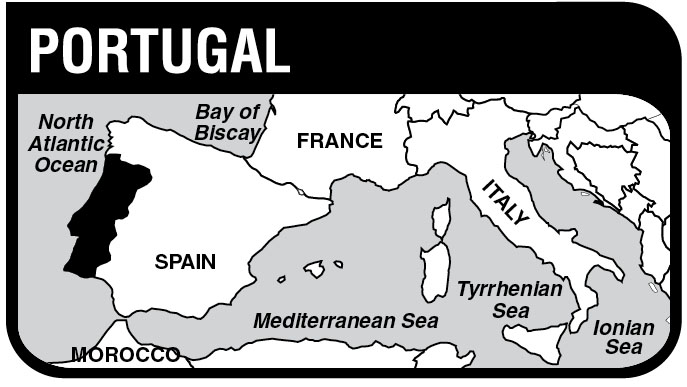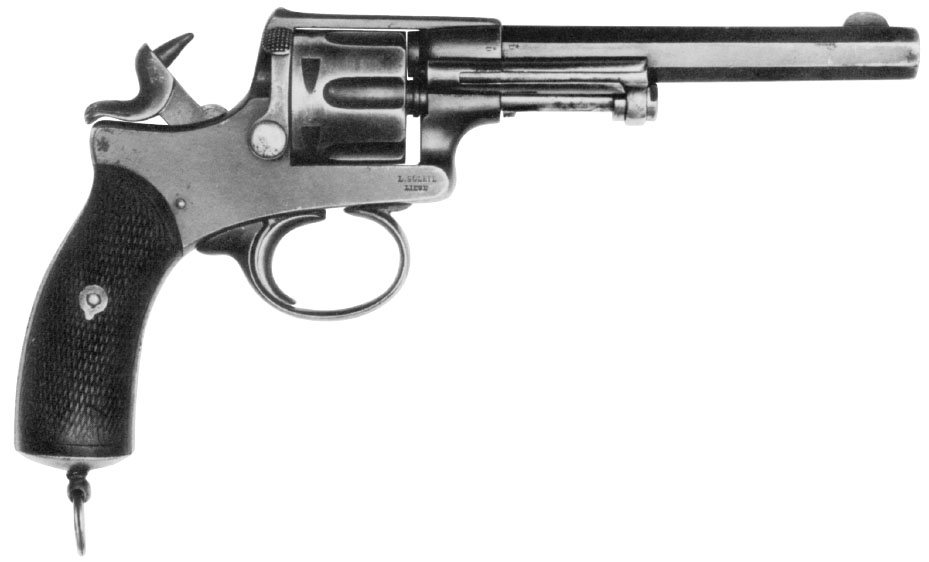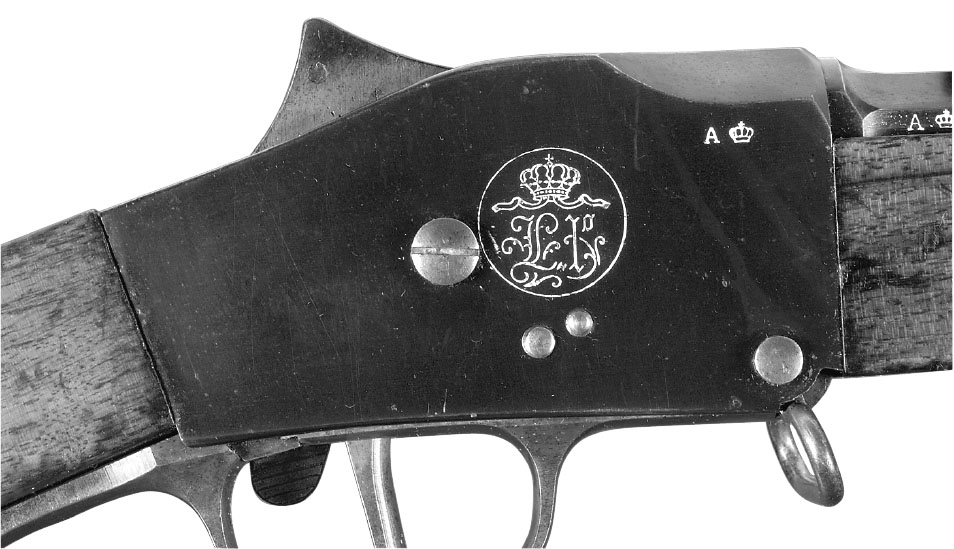

The Portuguese Republic, located in the western part of the Iberian Peninsula in southwestern Europe, has an area of 35,553 sq. mi. (92,080 sq. km.) and a population of *10.5 million. Capital: Lisbon. Portugal’s economy is based on agriculture, tourism, minerals, fisheries and a rapidly expanding industrial sector. Textiles account for 33% of the exports and Portuguese wine is world famous. Portugal has become Europe’s number one producer of copper and the world’s largest producer of cork.
After centuries of domination by Romans, Visigoths and Moors, Portugal emerged in the 12th century as an independent kingdom financially and philosophically prepared for the great period of exploration that would soon follow. Attuned to the inspiration of Prince Henry the Navigator (1394-1460), Portugal’s daring explorers of the15th and 16th centuries roamed the world’s oceans from Brazil to Japan in an unprecedented burst of energy and endeavor that culminated in 1494 with Portugal laying claim to half the transoceanic world. Unfortunately for the fortunes of the tiny kingdom, the Portuguese population was too small to colonize this vast territory. Less than a century after Portugal laid claim to half the world, English, French and Dutch trading companies had seized the lion’s share of the world’s colonies and commerce, and Portugal’s place as an imperial power was lost forever. The monarchy was overthrown in 1910 and a republic was established.
On April 25, 1974, the government of Portugal was seized by a military junta which reached agreements providing for independence for the Portuguese overseas provinces of Portuguese Guinea (Guinea-Bissau), Mozambique, Cape Verde Islands, Angola, and St. Thomas and Prince Islands (Sao Tome and Principe).
Portugal adopted the Walther PP in 7.65×17mm, and the Walther P1 in 9mm. FN provided the machinery to manufacture the FN 35 GP pistol. Heckler & Koch also sold its VP70M to the Portuguese military.
Model 1878 Army
This 9.1×17.5R Portuguese Abadie cartridge officer’s revolver was fitted with a 4.5-inch octagon barrel and 6-round fluted cylinder. The revolver was double action with a solid frame and gate loaded. The most unique features is the Abadie system of linking the loading gate to the hammer to prevent accidental discharge while loading. Weight is about 27 oz. This revolver remained in service until 1919.

Courtesy Geschichte und Technik der europaischen Militarrevolver, Journal-Verlag Schwend GmbH with permission
Exc. |
V.G. |
Good |
Fair |
750 |
600 |
400 |
200 |
Model 1886 Army/Navy
This revolver was issued to troopers. Chambered for the 9.35×17.5R Portuguese Abadie cartridge. Double action with solid frame and gate loaded. Octagon barrel is 5.6 inches long. Cylinder is fluted and holds 6 rounds. Weight is about 30 oz. This revolver also employs the Abadie loading gate system. Remained in service until 1910.
Exc. |
V.G. |
Good |
Fair |
750 |
600 |
400 |
200 |

Courtesy Geschichte und Technik der europaischen Militarrevolver, Journal-Verlag Schwend GmbH with permission
Model 1907 Portuguese Contract
Similar to the commercial guns but with a lanyard ring like the French contract model. Chambered for the 7.65mm cartridge. Original Portuguese pistols will have the Portuguese Crest on the grips. Only about 1,150 of these pistols were produced and very few have the original Portuguese grips. Very rare. Proceed with caution.
Exc. |
V.G. |
Good |
Fair |
1500 |
1000 |
750 |
600 |
The Portuguese military has used a wide variety of submachine guns over the years purchased from other countries. Some of these sub guns are: the Beretta M12, Vigneron, Uzi, Sterling MK4, Ingram M10, the Star Z-45, and the Franchi LF-57.
FBP M948
Produced in Portugal at its government arsenal in 1948. Chambered for the 9mm parabellum cartridge and fitted with a 9.8" barrel. Blowback operation. Sliding wire stock. Cycle rate is about 500 rounds per minute. Magazine capacity is 32 rounds. Weight is about 7.5 lbs. Designed by Major Goncalves Cardoso of the Portuguese Army. Combines features from the German MP40 and the American M3 grease gun.
Pre-1968
Exc. |
V.G. |
Fair |
N/A |
N/A |
N/A |
FBP M976
This is an improved version of the above model. Cyclic rate is about 600 rounds per minute. A 36-round magazine was also available along with the 32-round type. In service until the 1980s.
Pre-1968
Exc. |
V.G. |
Fair |
N/A |
N/A |
N/A |
Bayonet for FPB submachine gun
Wood grips. Handle resembles a typical Mauser type without muzzle ring. 6.9-inch double edge blade. No markings except a serial number on pommel. Steel scabbard. One of the few bayonets manufactured for a submachine gun. Price range 250 – 125.
Portugal has used the Galil type 5.56mm rifle, the HK33, the FN FAL, small quantities of the AR-10, and the FMBP government arsenal produced G3 rifle.
Model 1885 Rifle
Built in Austria for the Portuguese Army this is a single-shot block-breech action operated by the trigger guard. The action is similar to the English Martini Henry. Full stocked. Chambered for the 8×60R Guedes cartridge. Barrel length is 33.3 inches and weight is about 9 lbs.
Exc. |
V.G. |
Good |
Fair |
800 |
600 |
450 |
300 |
Model 1896
Produced by Steyr about 4,200 cavalry carbines were acquired by Portugal in 6.5×53Rmm. Barrel length is 17.7 inches. Five-round clip-loaded magazine. Marked Steyr on the left side of the receiver and the Portuguese crest on the receiver ring. No bayonet attachment.



Model 1885 Rifle • Courtesy Rock Island Auction Company

Model 1886 Mauser Kropatschek • Courtesy Amoskeag Auction Company
Exc. |
V.G. |
Good |
Fair |
750 |
475 |
275 |
175 |
Model 1886 (Mauser-Kropatschek)
A copy of the Mauser 71-84 and built by Steyr, this rifle came in three configurations: carbine, short rifle, and rifle. Chambered for the 8×60R (later 8×56R) cartridge. Carbines were fitted with a 20.5" barrel, short rifle with 26-inch barrels, and rifles with 32.25-inch barrels. The short rifle and carbine did not have an upper handguard as did the rifle which was fitted with a clip-on handguard. All three variations had bayonet attachments.
Exc. |
V.G. |
Good |
Fair |
750 |
500 |
350 |
175 |
Bayonet for Model 1885 Guedes and Model 1886 Kropatschek
Wood grips. Muzzle ring. 18.4-inch single edge blade. Marked “Steyr 1886” on top of blade. Steel scabbard. Fits both the M 1885 Guedes single shot and the M 1886 Kropatschek rifles. Price range 125 – 60.
M1904 Mauser-Verueiro Rifle
Chambered for the 6.5×58Rmm cartridge and designed by a Portuguese officer (Vergueiro). Fitted with a 29.1-inch barrel, 5-round flush box magazine. Tangent rear leaf sight to 2,000 meters. Carlos I crest on the receiver ring. Weight is about 8.5 lbs. The stock has an almost superficial pistol grip and upper handguard from the receiver to upper barrel band. The rifle is fitted with a split bridge receiver and modified Mannlicher-Schoenauer bolt.

Bayonet for model 1885 Guedes and Model 1886 Kropatschek

Courtesy Rock Island Auction Company
Exc. |
V.G. |
Good |
Fair |
600 |
400 |
275 |
150 |
M1904/M39 Rifle
This model was the result of a conversion of the Model 1904 to conform to the 1930s Model 1937-A rifle. Rifle was rechambered to 7.92×57mm, the barrel shortened to 23.6 inches. The front sight was fitted with sight protectors. Markings are the same as the Model 1904 rifle. Weight is about 8 lbs. Some were imported in the 1990s.
Exc. |
V.G. |
Good |
Fair |
350 |
300 |
250 |
125 |
Bayonet for 1904 Vergueiro
Wood grips. Muzzle ring. 12-inch single edge blade. Looks the same as numerous Mauser long export bayonets. Unmarked except for SN on pommel. Steel scabbard. Price range 85 – 40.
M1933 Standard Model Short Rifle
Portugal purchased a number of this model directly from Germany. They are standard German export models in every respect.
Exc. |
V.G. |
Good |
Fair |
850 |
650 |
400 |
250 |
M1933 Standard Model Carbine
As above but in carbine configuration.
Exc. |
V.G. |
Good |
Fair |
850 |
650 |
400 |
250 |
M1937-A Short Rifle
This rifle replaced the Model 1904 in 1937. Similar to the German K98k carbine. Chambered for the 7.92×57mm cartridge and fitted with a 23.6-inch barrel. Box magazine holds 5 rounds and is flush with the bottom of the stock. Rear leaf tangent sight to 2,000 meters. Front sight has sight protectors. Portuguese national crest of the receiver ring. Weight is about 8.75 lbs.
Exc. |
V.G. |
Good |
Fair |
900 |
750 |
550 |
250 |
M1941 Short Rifle
The Model 1937-A with updates to make production the same as the German war time K98k. Changes include a cupped buttplate and K98 type sling slot in stock. In 1944 the German government halted arms exports due to wartime shortages. German military markings were added. The rifles, still bearing the Portugese crest, were then issued to the Wehrmacht. Add 50 percent for German marked rifles.
Exc. |
V.G. |
Good |
Fair |
1000 |
850 |
700 |
450 |
The Portuguese military has used the MG42, HK21, FN MAG, M60D, M219, .50 M2 HB machine guns. The Portuguese purchased in 1938 a number of modified Dreyse Model 1918 machine guns which they Portuguese referred to as the Model 938.